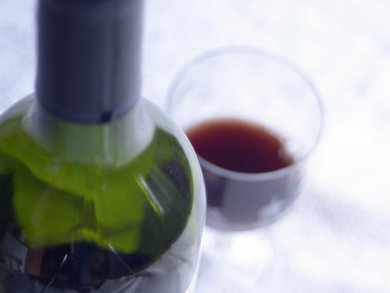The quality of grapes and the resulting wines can be severely affected by the smoke from bushfires occurring in the proximity of grape growing regions. Thus, methods able to assess and quantify grapes’ exposure to smoke are necessary.
Yoji Hayasaka and colleagues, The Australian Wine Research Institute, Australia, identified smoke markers in grapes and a diagnostic strategy to detect them. The researchers demonstrated that smoke-derived volatile phenols are taken up by grapes and metabolized in phenolic glycosides. These compounds, therefore, accumulate at significant levels in smoke-exposed grapes regardless of the plant’s variety. Thus, when quantified using HPLC-MS (high performance liquid chromatography-mass spectrometry) with atmospheric-pressure chemical ionization, phenolic glycosides can identify in a sensitive and reproducible manner grapes that have been exposed to smoke.
- Assessing the Impact of Smoke Exposure in Grapes: Development and Validation of a HPLC-MS/MS Method for the Quantitative Analysis of Smoke-Derived Phenolic Glycosides in Grapes and Wine,
Y. Hayasaka, M. Parker, G. A. Baldock, K. H. Pardon, C. A. Black, D. W. Jeffery, M. J. Herderich,
J. Agric. Food Chem. 2013, 61 (1), 25–33.
DOI: 10.1021/jf305025j


